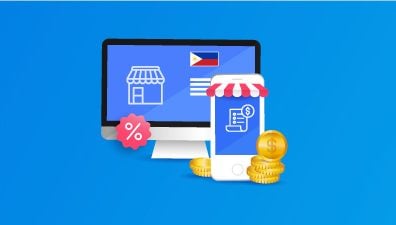As technology continues to evolve, the way consumers shop for products and services online is changing. Consumers’ choices of devices to buy on—whether it’s mobile or desktop—have a significant impact on their conversion rates and ultimate satisfaction with their purchase.
To boost customers’ buying experience, retailers must understand why certain buyers are opting for specific devices for eCommerce transactions.
As such, this article examines consumer trends related to mobile vs desktop eCommerce shopping behavior. Then, we will provide actionable tips to optimize websites for each type of device and improve their overall conversion rates.
Table of Contents
- General mobile vs desktop eCommerce statistics for 2024
- Mobile vs desktop eCommerce: Why desktop is still important for eCommerce
- eCommerce mobile vs desktop: Closing the mobile gap
- Benefits of mobile apps for your online store
- Improve the checkout process to boost mobile conversion rates
- Improving desktop conversion rate
General mobile vs desktop eCommerce statistics for 2024
- A comparison of mobile and desktop use shows that 58% of all multi-device purchases are completed on mobile. Nevertheless, desktops are also crucial in this situation. After all, using a bigger screen makes website browsing much simpler.
- 37.08% of traffic is desktop, while 60.66% is mobile. And tablets account for the smallest portion, at 2.26%.
- By the end of 2022, spending on mobile advertisements will surpass that of desktop ads. The vast bulk of internet traffic, as you now know, is mobile. Therefore, it is in marketers’ best interests to focus more of their efforts on mobile-related advertisements. According to estimates, 51% of it will be used for mobile advertisements and 49% for desktop ads.
- In 2022, American people will use their phones for 5.5 hours each day on average. Most of us find it impossible to go a whole day without checking our phones. In fact, US adults use their cell phones for almost a third of their waking hours.
- The speed of a fixed internet connection is 29.2 Mbps faster than that of a mobile one. The former may reach 54.3 Mbps, while the latter is often around 25.1 Mbps. That explains why more time is spent on desktop websites than on mobile ones.
- 25% of all digital media consumption is made up of social media, which is mostly accessible on smartphones.
Mobile vs desktop eCommerce: Why desktop is still important for eCommerce
Although tablets and smartphones are becoming more popular, desktop computers still have a few benefits over their mobile counterparts. The relative comfort of conducting research with a full keyboard and a large screen is undoubtedly the most significant.

You want to have all of your research resources on hand when you’re getting ready to make a major buy, such as a new smartphone, piece of furniture, or appliance. Though mobile screens are becoming larger, you’ll discover that most individuals prefer to conduct research on a PC. It is due to its simplicity and the mental space it provides as opposed to multitasking when on the go.
However, as anyone will tell you, the fact that larger sales often take place on the desktop is in no way an excuse to give mobile less attention. One reason is that making more little purchases may frequently result in significantly greater sales; also, by improving their omnichannel experiences, merchants can boost their mobile income.
eCommerce mobile vs desktop: Closing the mobile gap
When it comes to mobile vs desktop eCommerce, although consumers will typically feel more at ease making significant purchases from their computers than from their phones, the same rule still holds true for in-store purchases: the higher the price tag, the more likely consumers are to visit the mall.
Brick-and-mortar shops may take advantage of customers’ continuous reluctance. They tend to spend hundreds of dollars on something they can’t see for themselves by upgrading that in-store experience with all the simplicity and convenience given by mobile gadgets.
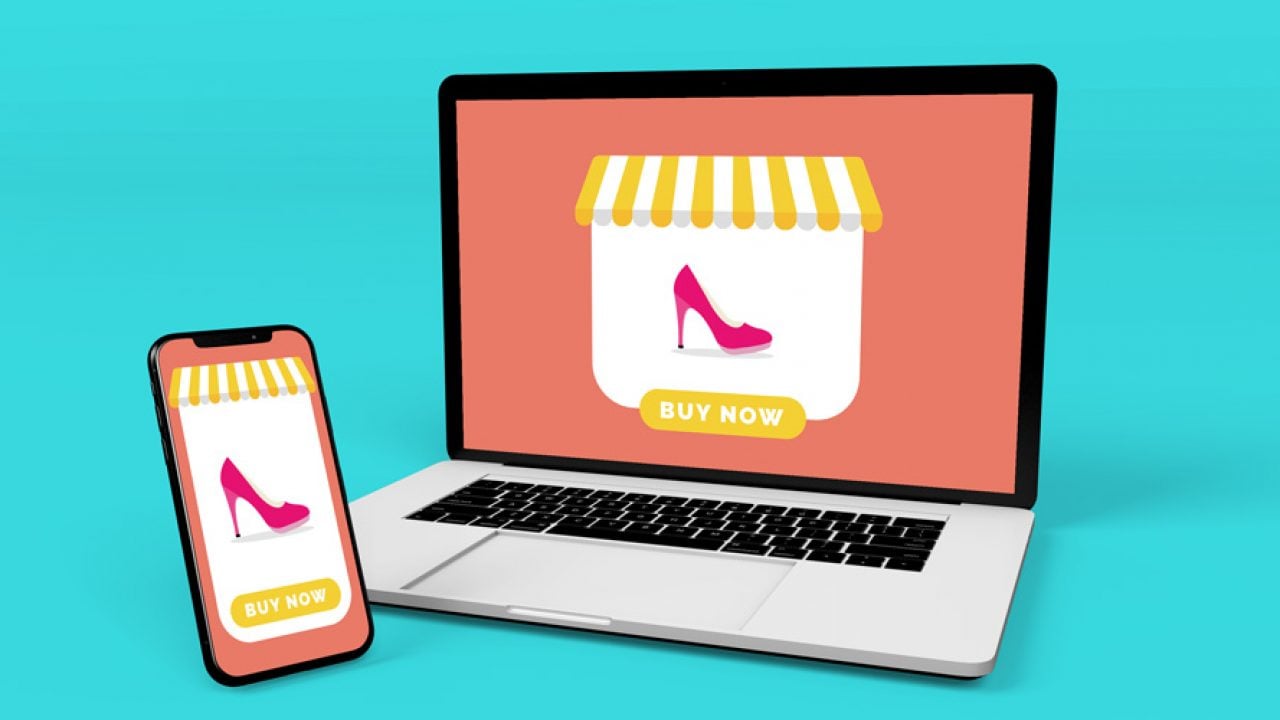
For example, shoppers at a business like Home Depot are probably going to go to the actual store. After all, what’s the purpose of extending the process by awaiting a delivery if you’re performing significant modifications on your own?
Regardless of how huge their stores are, it is necessary for the company to concentrate its emphasis on omnichannel. This makes it simpler for customers to identify and discover the things they need. For online-only merchants, the choice between desktop and mobile may simply come down to marketing. But businesses that rely on their brick-and-mortar presence should take advantage of this opportunity.
Customers are demonstrating that they still want to be fully informed before parting with their tough money for important purchases. The merchants selling those goods might maintain a high foot traffic level while never losing touch with a mobile customer base by embracing omnichannel.
Benefits of mobile apps for your online store
Increased customer satisfaction
Mobile applications have advanced the buyer’s user experience journey much as eCommerce has made buying simpler for consumers by providing them with access to a wider variety of items, better prices, and the freedom to purchase whenever and wherever they choose.
Simple Access
A mobile app allows anybody with a smartphone to shop. Additionally, people can use WiFi or their cell data pretty much anyplace. Additionally, it’s where your clients are spending their time.
Since most individuals always have their phones with them, the advantages are clear. As marketers, we are aware that we must reach our audience where they are currently spending their time.
Mobile apps operate more quickly and smoothly
Apps function one and a half times quicker than mobile websites on average. Because apps keep their data locally on the user’s device, when the user requests data, it is virtually immediately accessed.
Another reason mobile applications are quicker is that they are built on frameworks rather than JavaScript, which is what the mobile web is built on. All of this adds up to a significantly smoother and quicker experience for your user.
Mobile apps provide personalized content to your users
Users appreciate customized content. You may provide customers with just that thanks to your mobile app.
Depending on their interests, actions, location, and preferences, your clients’ experiences may be personalized. They can define their own experiences, or you can use deep learning strategies ahead of time for them.

Therefore, your consumers may access the content they want to view whenever they want to, using a mobile app. It is installed on their phone and has the ability to deliver push reminders.
Mobile apps provide access even if the user is not online
While consumers might not be able to complete a sale offline, they can add the offerings to their cart. This will be saved and ready for completion whenever the app, your website, and the cart can connect.
Mobile apps make use of the built-in capabilities of your phone
Compared to mobile vs desktop eCommerce, there are several important built-in functions on mobile phones that may be exploited to your benefit. Consider what would happen for your customers if your store’s app could provide them with a personalized experience depending on their GPS location. Or users may use their camera or PDF to upload a bar code. Or even fingerprint verification to authenticate transactions, to search for what they want.
Improve the checkout process to boost mobile conversion rates
What can websites do to resolve this issue if lower mobile conversion rates are a result of checkout?
In other words, it involves making sure that the procedure is as user-friendly as feasible on mobile and that filling out forms requires the least amount of effort.
Updating Mobile Forms
A well-designed mobile form may significantly increase conversion. They lessen friction, make consumers aware of the requirements, and prevent basket abandonment.
Mobile-friendly forms must be simple to fill out, have a clear visual layout, useful error messages, and be as brief as possible to minimize user effort.
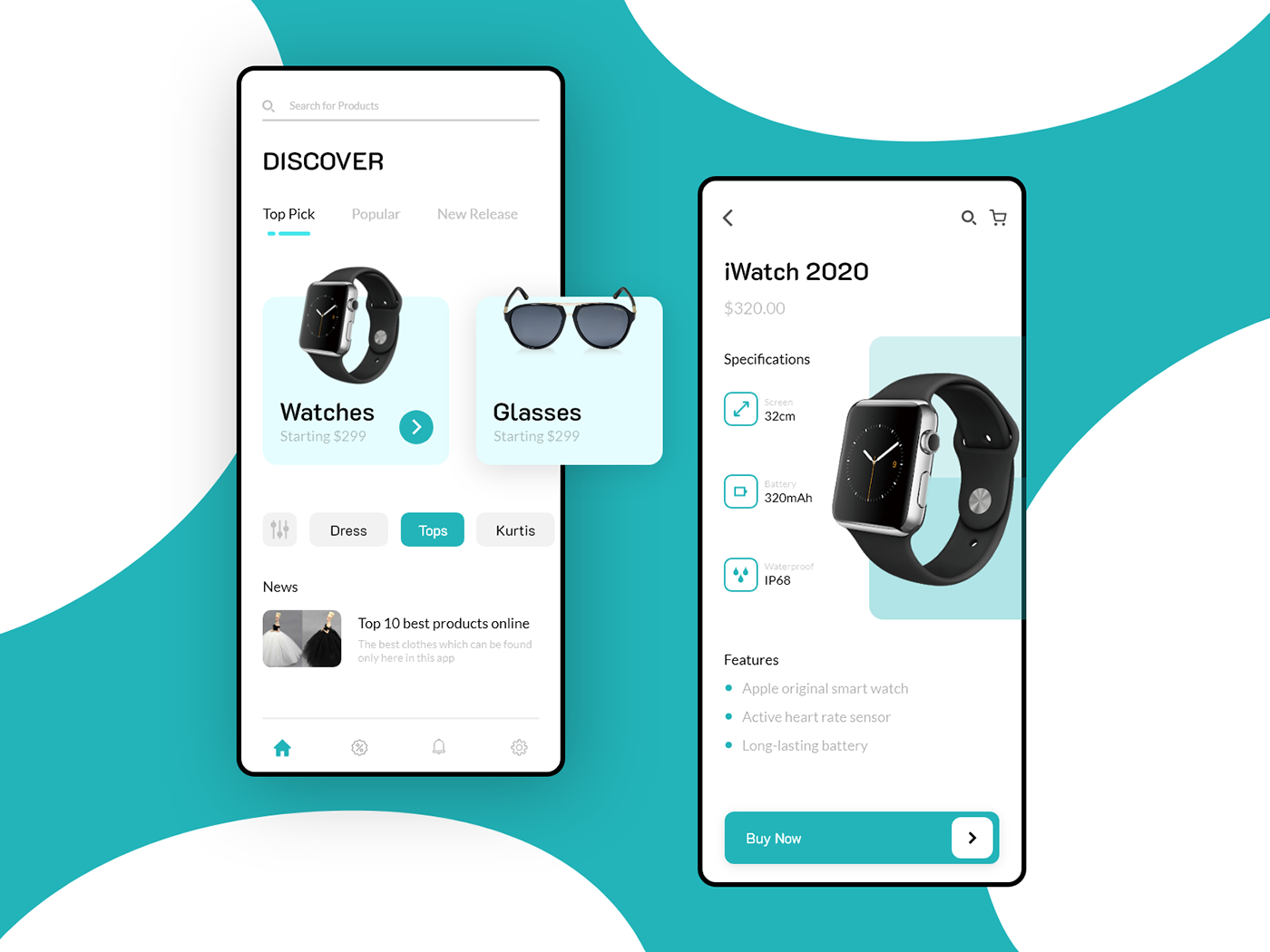
Add shortcuts for users on mobile
Any feature that reduces work is beneficial, and here is where shops may benefit from some smartphone functions.
For instance, credit card or passport scanning options can spare consumers the trouble of inputting data and ease the burden of checkout.
Little things like autofilling form fields or utilizing the most appropriate touchscreen keyboard by default (like Monsoon does for phone number entering) all contribute to time savings by simplifying the data entry process.
Make the booking process easier
As it’s typically more difficult to arrange travel than many retail transactions, travel presents the largest problem on mobile.
For example, choosing hotels and flights during a vacation may need customers to submit additional information beyond their typical address and payment information, such as passport numbers, traveler information, and in-flight options.
Making the online booking process for travel as mobile-friendly as feasible using forms made for mobile is crucial. For instance, a single-column layout and bigger form fields, such as this Best Western checkout form, make it easier for consumers to submit information and reduce user error.
Messaging conversion for mobile
Conversion rate optimization techniques like the usage of urgency can still assist to boost sales whether visitors are using mobile or desktop.
It’s crucial to make sure that these techniques are also mobile-friendly. In this case, DFDS provides the opportunity to preserve booking information for later. And it uses trends data to demonstrate the popularity of the trip being evaluated.
Saving information is crucial, particularly in the travel industry because individuals frequently visit and cancel reservations before a final choice.
Mobile emails may also employ urgency marketing techniques like countdown timers to the approaching conclusion of a sale period.
Offer a range of payment options
Entering payment information is a crucial component of mobile checkout. Any shortcuts are helpful because doing this on a smaller screen might take longer and be more annoying.
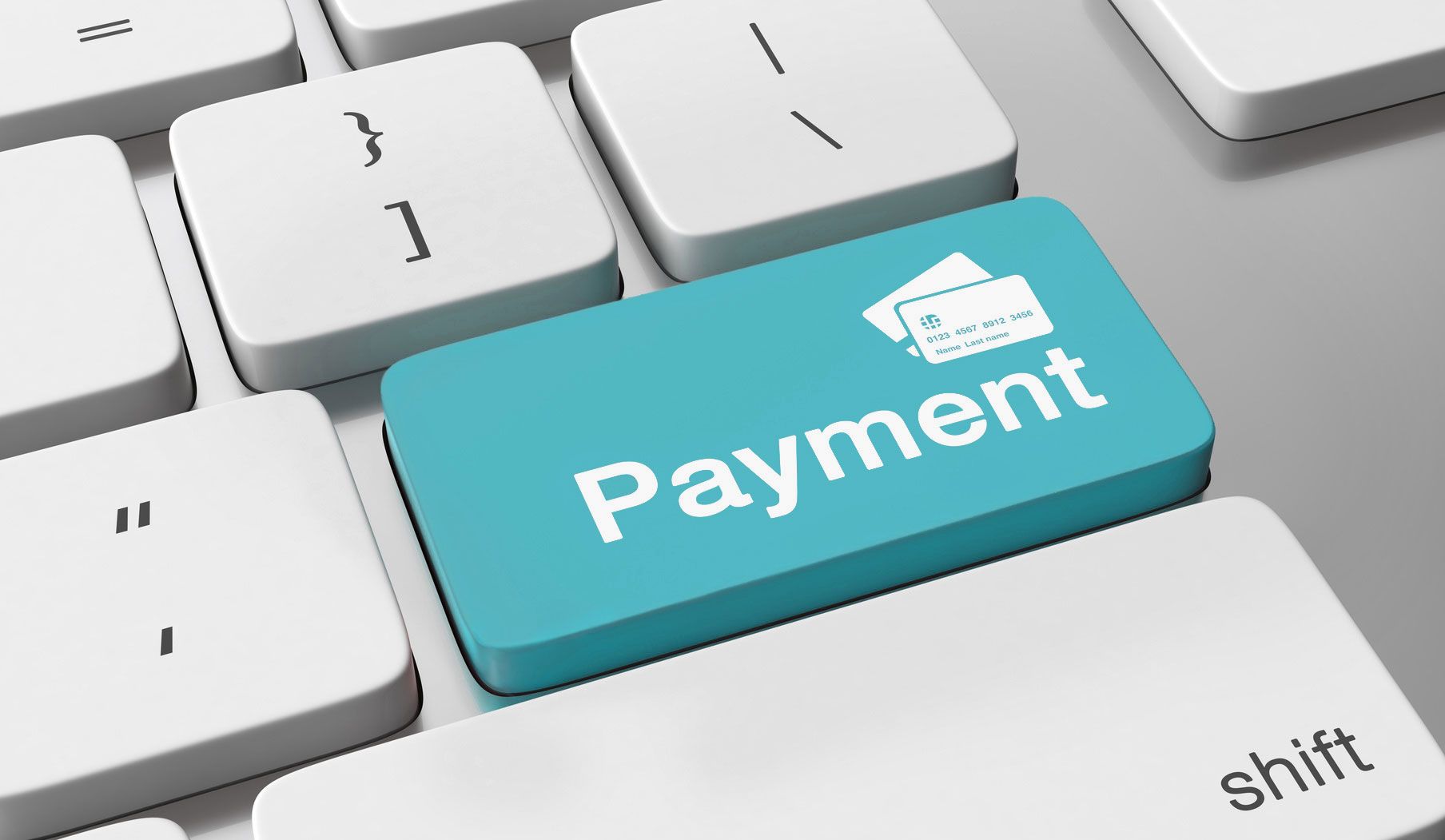
One choice is to preserve client payment information wherever it is practical. Therefore, they may log in and checkout without having to input their address and credit card information. Offering a variety of payment choices that give practical shortcuts is another possibility.
Checkout may now be completed with just an email address and password thanks to widely used digital wallet services like PayPal and Amazon Pay as well as more recent choices from Visa and Mastercard.
Improving desktop conversion rate
There are a variety of techniques to boost desktop conversions, such as optimizing page loading speed, utilizing interactive elements on your pages, providing viable content offers, creating a seamless checkout process, and leveraging trustworthy customer reviews.
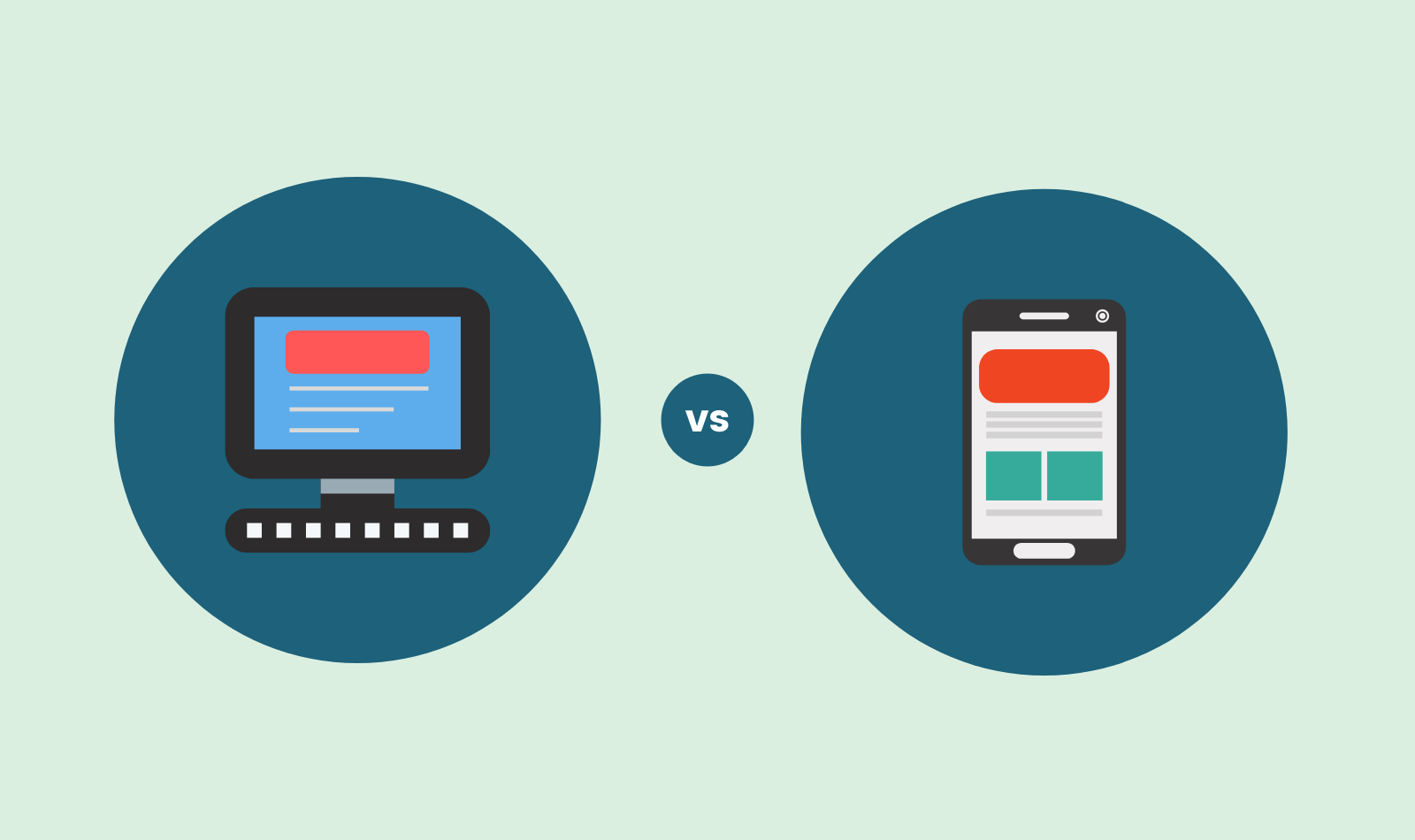
While there are many tactics to improve desktop conversion rates, one of the most effective methods is by optimizing your website content and design. Simple tweaks to web page layout such as featuring important call-to-actions prominently, breaking text into short sections, and organizing information in a logical manner can make all the difference when it comes to encouraging visitors to stay on your website and take action.
Additionally, using tools like A/B testing and analytics provide valuable insights into user behavior that can help further refine and optimize your site content and structure for higher conversions.
In Conclusion,
It’s important to consider how users are accessing your eCommerce site and make sure the experience is optimized for both mobile vs desktop eCommerce solutions. By following the tips we’ve outlined in this blog post, you can improve your conversion rates no matter what device your customers are using.
If you need help putting these tips into action or want advice on other ways to improve your eCommerce site, contact us. We specialize in helping businesses grow their online presence and would be happy to partner with you. Especially, you can discover our outstanding Shopify development services if you want to create your own online presence without touching one finger on the technical aspects of this work.


